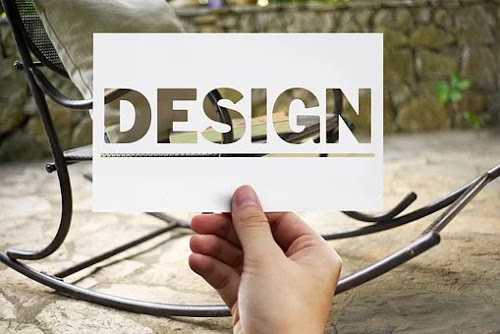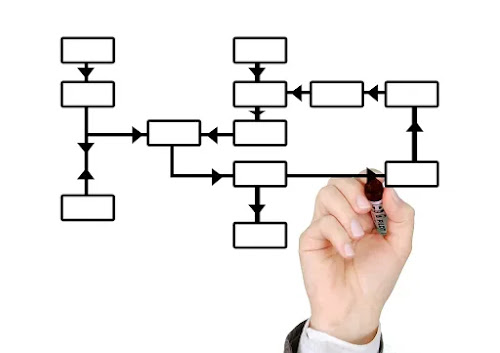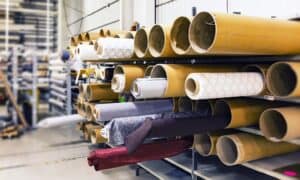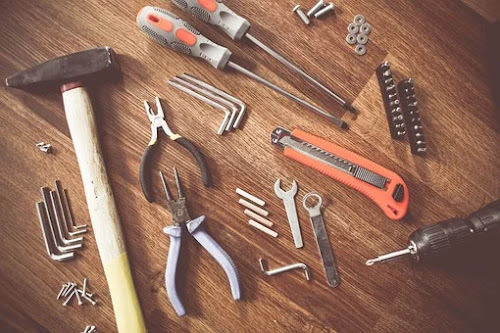What is Production planning and Control ? [Simply explained], 8 Functions of production planning and control.
It’s a pre-determined process. Production planning and control are the two strategies that are working together in every manufacturing unit.
Production planning and control is a process that plans, manages, and controls the allocation of human resources, raw materials, and machinery to achieve maximum efficiency.
What you are going to learn?
Definition of Production planning and control:
Production is the transformation of raw material into finished goods. planning looks ahead anticipates possible problems and decides in advance as to how the production carried out in the best way.
Control makes sure that the programmed production is constantly maintained.

Download production planning and control Pdf
What is the importance of production planning and control?
- It is necessary to improve the process for better utilization of resources.
- It helps to achieve better supplier communication for raw material procurement.
- Reduce investment for inventory purposes.
- Reduce production costs by proper estimation and increase the profit margin.
- Smooth flow of product without any interruption.
- Make sure the proper quality and quantity of equipment, raw materials, etc are available during production times, etc.
- To ensure capacity utilization is aligned with forecast demand.
Functions of Production planning and control:
A production planning and control system consists of many functions. Various functions are as follows:
- Forecasting,
- Product design,
- Process planning,
- Routing,
- Material control,
- Tool control,
- Loading,
- scheduling, etc.
1. Forecasting:
Forecasting is the process of making predictions of future data (type, quantity, quality, sales, etc) based on past data by analysis of trends.
Every manufacturing enterprise surviving on its ability to access, with reasonable accuracy, the market trends survival year ahead.
Forecasters will be able to make use of sales trends, but these must be considered in the light of the expected introduction of new materials, fashion changes, technological changes, policies of competitors, unseasonable weather economics situations of countries and foreign markets.
Forecasting decides how many units to produce during a specific time period to avoid the extra cost of storage and reduces the chance of making outdated products. so, a sales forecast should be accurate, easy to understand, and economical.
Forecasting plays an important role in product development.
2. Product Design:
Before starting to manufacture a new product or improve a product, it is essential to design the product first.
For new and improved product design ideas comes from better product planning, which is done by the R&D department.
Product design deals with both form and function. Form design takes care of the shape of the product and functional deals with it’s working.
A design department consists of designers, engineers, and draughtsmen. Making of a new modified product will require the service of the following department of the company.
- Research and development.
- Design.
- Manufacture.
- Account and personnel.
3. Process planning:
Process planning is the preparation of the detailed planning on how to manufacture a product, thus it is necessary to plan the process.
Process planning determines the most economical way to perform an operation or number of operations to complete the manufacture.
It takes drawing and other specifications as input, which shows what to be made and forecast or which indicates product quantity to be manufactured.
The steps involved in process planning are:
- Selection of process which is most economical, and sequence that satisfies product specification.
- Select the material which brings the right quality, and chemical composition as per the product specification.
- selection of jigs, Fixtures and other special attachments.
- Selection of cutting tools and inspection gauges.
- Making process layout that indicates every operation and the sequence in which the operation is to be carried out.
- Find set-up time and standard time for each and every operation.
4. Routing:
Routing lays down the flow of work in the plant. It determines what work needs to be done, how to be done, and when to be done.
From the raw material to the finished product, routing decides the path and sequence of operation to be performed.
In production, layout routing is not required because the equipment are laid according to the sequence of operation. But where every time a new job is coming route sheet has to be revised and this involves a greater amount of work and experience.
5. Material Control:
Material control is the managerial activities relating to giving instructions to ensure maintaining adequate quality and quantity of materials for an uninterrupted production process with the objective of minimizing material cost.
Material control includes inventory control, cost of production, planning of materials, purchase procedure, transportation, etc.
Inventory control is restricted to the stock of desire level, whether they are raw materials, work in progress, or finished goods with the object of minimizing the cost.
6. Tool control:
Tool control is the process of determining tool requirements, procuring new tools, and controlling tools once they have produced.
Tool control to ensure that the right tool will be available at the time of production. Lost time resulting from incomplete tool planning can be expensive as well as causing work to delay.
In order to implement tool control, it is important to standardized tools within an organization.
7. Loading:
Loading can be defined as the study of the relationship between load and capacity of the workplace.
Loading is the assignment of work given to the labor and machinery without specifying when the work needs to be done.
The objective of the loading is to maintain an up-to-date picture of the available capacity of the plant.
The information provided by loading is used to-
- Ensure the efficient utilization of the plant and manpower.
- It helps to set the delivery date.
- To assist in future planning of the purchase of new assets.
8. Scheduling:
Scheduling means when and in what sequence the job will be done.
Scheduling of a production system depends on external factors like customers demand, delivery date, stock of goods already lying with retailers, etc.
Scheduling is affected by internal factors like the availability of machines, equipment capacity, availability of manpower, stock of finished goods within the plant, etc.

![What is Production planning and Control ? [Simply explained], 8 Functions of production planning and control.](https://educationleaves.com/wp-content/uploads/2020/06/What-2Bis-2BProduction-2Bplanning-2Band-2Bcontrol_.png)











Pingback: What is Production? - Production definition - Factors of production, production function - EDUCATIONLEAVES
Pingback: Enterprise Resource Planning (ERP): [PDF Included] Types, Advantages, Disadvantages, Modules, Features - EDUCATIONLEAVES